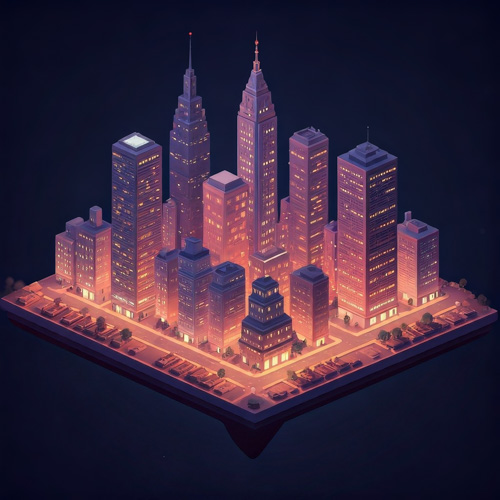A meeting between former President Donald Trump and pharmaceutical industry leaders is fueling concerns among Gen X Americans. They worry about the future cost of prescription drugs.
The meeting, scheduled for [Date of Meeting], occurs as many Gen Xers (born between the mid-1960s and early 1980s) face increasing healthcare burdens. These include chronic conditions and financial pressures. Many are caring for aging parents and children.
The pharmaceutical industry is expected to advocate for policy changes. These changes could affect drug pricing regulations. This raises concerns about affordability for Gen X. The generation already faces complex financial challenges. Discussions will likely include Medicare’s potential to negotiate lower drug prices. This remains a contentious issue. Changes here could greatly impact costs for seniors and those nearing retirement. Research and development incentives are also expected to be discussed. Pharmaceutical companies argue high drug prices fund R&D. However, critics question how they allocate funds and their impact on patients. The availability of generic drugs is another key area. These drugs offer cheaper alternatives to brand-name medications. Policy changes could either promote or hinder generic competition.
Healthcare advocates recommend actions for concerned individuals. They advise staying informed about healthcare policy changes. Understand how these changes impact drug costs. Individuals should consult doctors about medication options, including generics. It is also recommended to contact officials. Advocate for affordable healthcare. Express concerns about drug costs. Research and compare drug prices at different pharmacies. Investigate eligibility for patient assistance programs. Pharmaceutical companies and other organizations offer these programs.
The meeting’s outcome could significantly impact Gen X Americans. Many struggle to manage rising healthcare expenses. Drug pricing remains a subject of intense debate in Washington.
Learn more in the AP article here.












